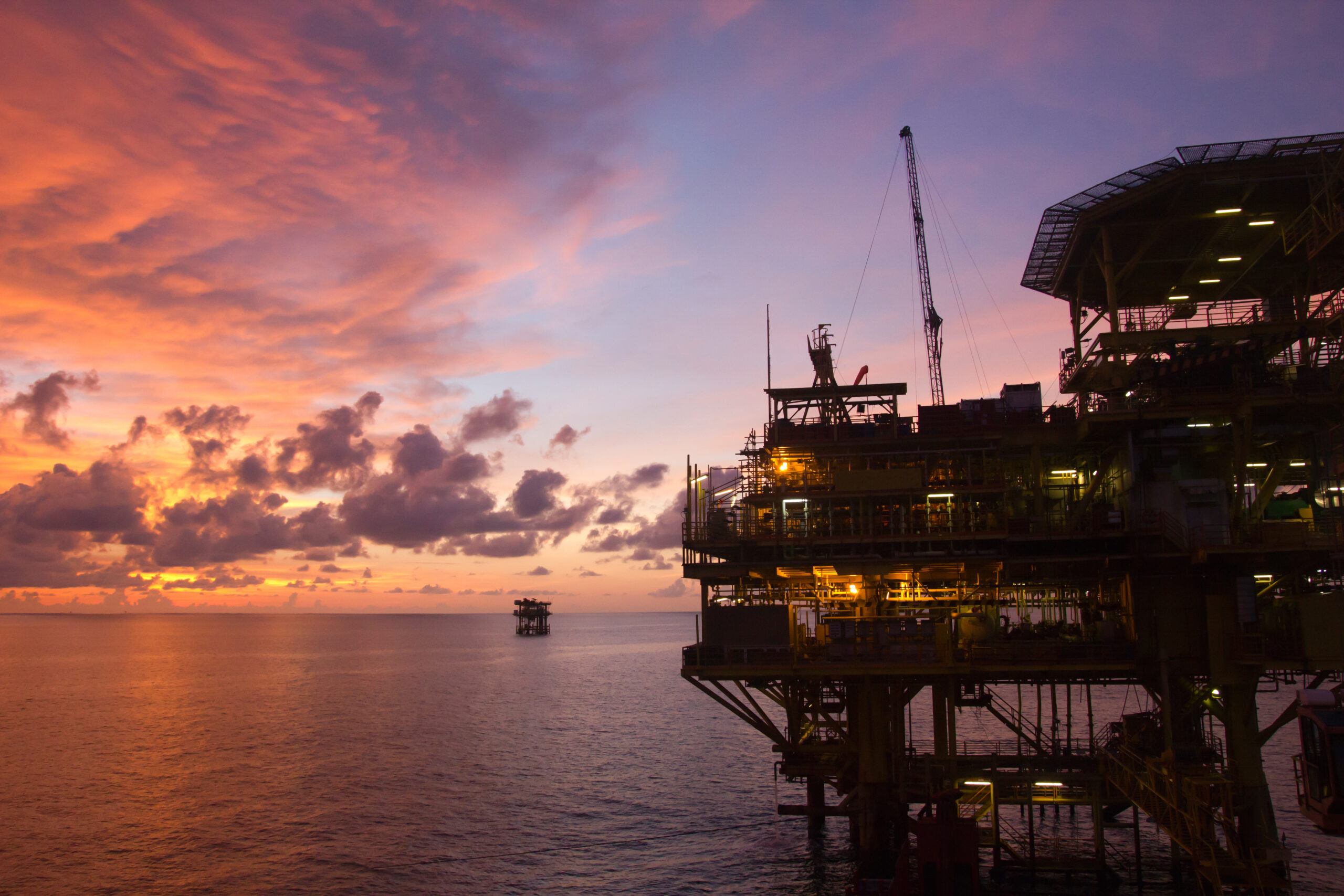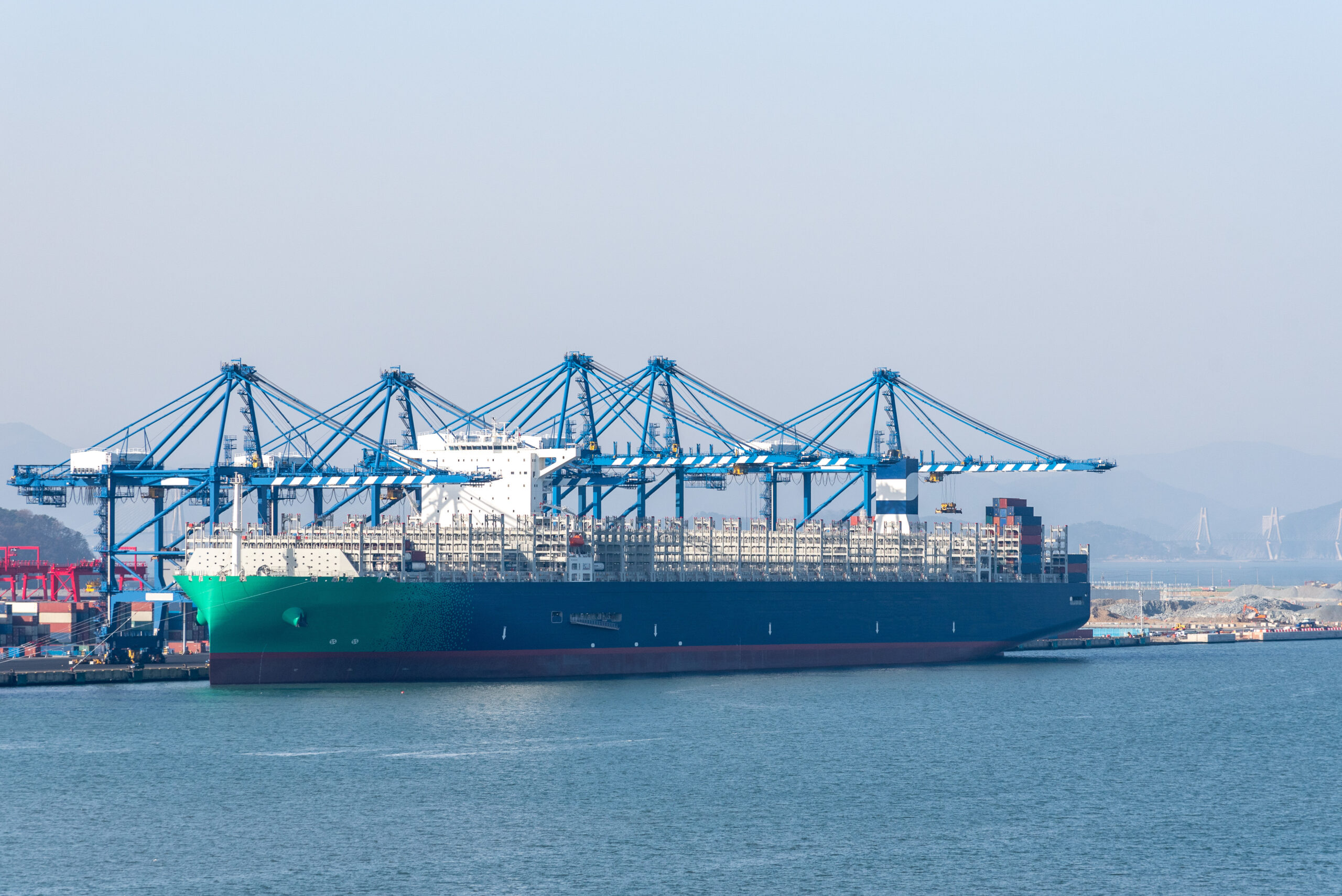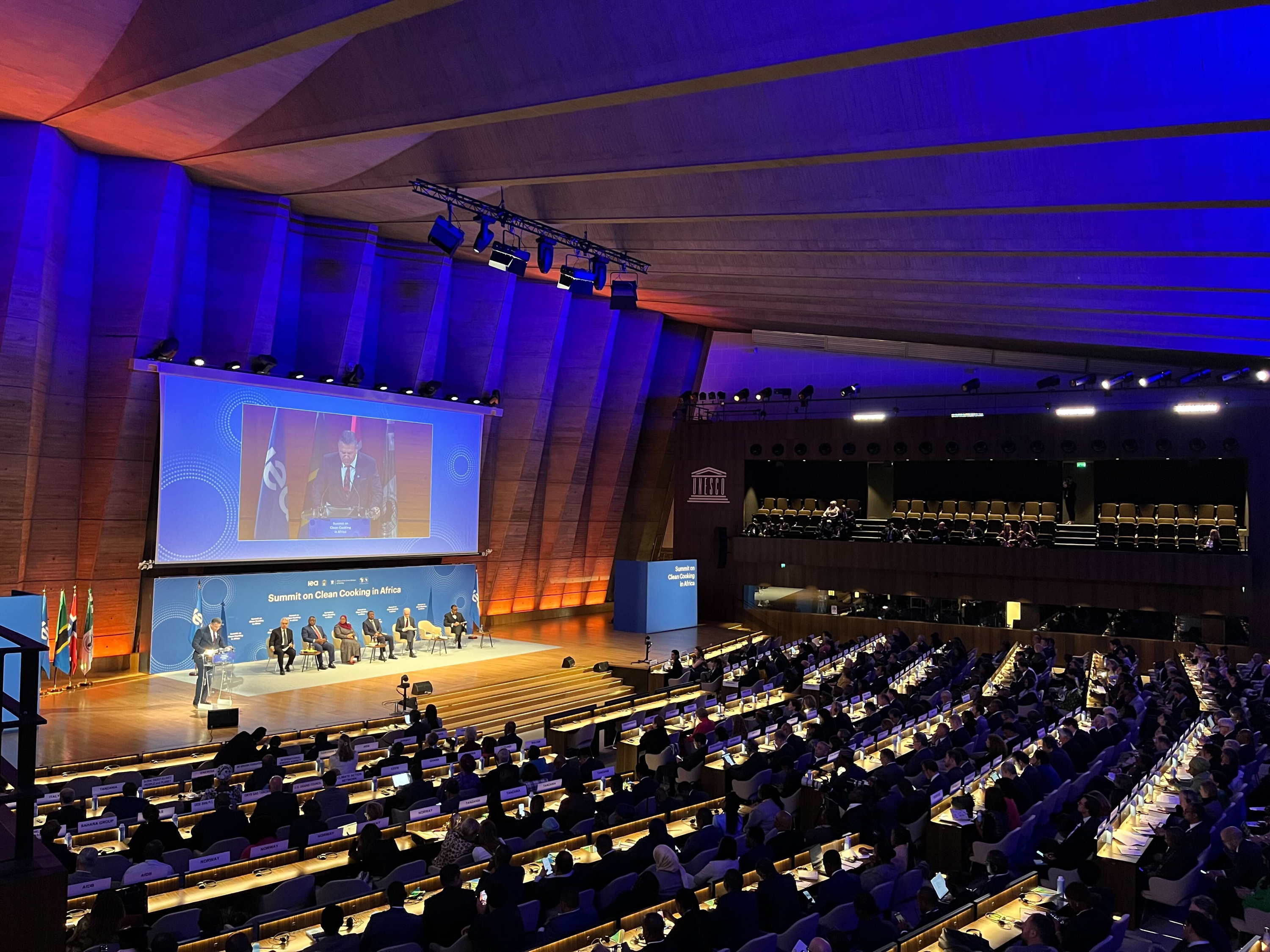Philippine energy sector still faces stubborn challenges
Efforts to change the Philippine energy sector are hitting obstacles, possibly jeopardizing the country’s goal to diversify its power sector and reduce its energy sector emissions.

Amid a scramble to diversify the Philippine energy mix, including a major gas drive, it is becoming evident that the transition is more convoluted than energy planners in the country first envisioned.
According to a new Reuters report, things could become even more strained for Philippine energy plans.
Developments come as the Philippines’ Malampaya offshore natural gas field is expected to be depleted sometime next year. Malampaya provides around 33% of Luzon’s power generation needs. Luzon is the country’s largest island, and includes metro-Manila’s 15 million residents. The project has been the Philippines’ only source of gas since its operations began around 20 years ago.
The Philippine Department of Energy (DOE), for its part, has a two-pronged approach to both meet the impending loss of Malampaya gas and to replace coal-fired power generation, a growing point of contention among Philippine environmental groups and a growing segment of the population.
Their strategy relies on more LNG import terminal development (including plans to become a regional LNG hub) as well as significant investment in renewable energy — mostly solar and onshore and offshore wind power. The DOE has earmarked that renewables make up some 35% of the Philippines’ energy mix by 2030.
Currently, coal accounts for 47% of the country’s power generation, followed by gas (22%), renewables (which includes solar, wind, hydro and geothermal power) at 24%, and oil-based (6.2%).
The Philippines has seven approved LNG import terminals, representing some 36.5 million tonnes per annum (mtpa) of LNG import terminal capacity under development. It also has 29.9 gigawatts (GW) of gas-fired power projects in various stages of development.
However, problems persist on both the gas and renewable fronts, possibly jeopardizing the Philippines’ goal of power generation diversification and reducing its energy sector emissions.
No long-term supply deals
To date, no LNG projects in the Philippines have inked any long-term supply deals. This exposes the country to both the uncertainty of securing LNG supply from the spot market in Asia along with extreme price volatility.
On the positive side, spot LNG prices in the Asia-Pacific region have fallen to 23 month lows, dipping below $10/MMBtu, according to commodities data provider S&P Global. This is due to tepid demand amid milder temperatures in North Asia along with less demand for restocking inventories.
This time of year is often referred to in LNG markets as “shoulder season,” typifying a lower seasonal demand for the fuel and a time when utilities and importers increase gas procurement to re-fill inventory levels ahead of the next winter season.
However, these lower prices are temporary and are projected to rise again to around $17/MMBtu by the beginning of next year. Further out, prices will also likely increase since supply for the fuel remains tight until around 2026 or longer, depending on whose forecast is used.
The problem for the Philippines is similar to that already facing South Asian developing countries Pakistan, Sri Lanka and Bangladesh. Namely, higher LNG prices will ultimately be passed onto residential and industrial end users unless national governments are willing to offer subsidies. However, that option is off the table in the Philippines.
Contractual risk
LNG development and power is already a politically charged topic in the Philippines. So far this year, Manila-based gas power house San Miguel Corp. and Meralco (the country’s largest power distributor) have squared off over who should pay for higher fuel prices.
However, San Miguel and Meralco ultimately worked together, bypassing the country’s energy regulator that prohibited them from passing on higher fuel prices to end users. In response, the two energy players simply ripped up their existing contract and forged a new one that will see consumers pick up the tab.
Controversial San Miguel, for its part, is the largest gas developer in Southeast Asia with a string of new LNG import terminals and gas-fired power projects already operational.
Geopolitical risk
The Philippines’ LNG sector also faces geopolitical risk since these cargoes have to pass through the volatile South China Sea en route to their final destination, mostly in Batangas province, just 100 km south of Manila.
Chinese and Philippine naval vessels continue to face off in these territorial waters, while their respective governments grapple with each other over ownership claims, including within the Philippines’ own UN-mandated 200 nautical mile exclusive economic zone (EEZ).
China is also at odds with a number of other South China Sea claimants, including Vietnam, Indonesia, Malaysia and Brunei. Beijing claims near-impossible to prove historical sovereignty over more than 80% of the South China Sea. The Philippines refers to waters off its coast as the West Philippine Sea.
Renewables hurdles
The Philippines’ renewables sector could also help fill in the gap if its LNG development falls flat. However, the country’s renewables sector also face significant problems.
Firstly, most domestic banks have been uninterested in funding Philippine renewable projects. This is due to several factors, including lack of expertise in the sector but also perhaps a more nefarious motive – they can earn much higher returns for funding emissions intensive coal-fired power projects.
There’s a bit of irony in their moves. As much of the world tries to pivot away from coal usage, these banks are placing profit considerations above climate change mitigation obligations.
Domestic banks also still view renewables as a “risky” investment, especially when developers can’t secure a power agreement, Majah-Leah Ravago, an associate professor at Ateneo de Manila University, told Gas Outlook. Banks should update their risk assessment tools, she said.
“It would be good to know what risks banks perceive with renewable projects. One solution is concessional finance from development partners to help banks hedge these RE project risks,” she added.
In an effort to stoke more international interest in the Philippine renewables sector, the government recently approved 100% foreign ownership in the country’s renewables sector – an almost unprecedented move in Southeast Asia.
Many within the government and media alike see this as a game-changing move. However, Ravago cautioned that “it’s not a panacea.”
“It’s crucial to coordinate investments in transmission, distribution, and generation as outlined in the country’s development plan,” she said.
“To support renewables, it’s critical to modernize and expand transmission infrastructure. Otherwise, these new renewable investments will become stranded assets as they cannot be delivered to consumers.”



